Introduction to Africa’s Natural Wonders
Africa is a continent renowned for its diverse natural landscapes and rich biodiversity, encompassing a plethora of breathtaking natural wonders that captivate both local and international visitors. From expansive savannahs to lush rainforests, towering mountains to arid deserts, Africa’s terrains are as varied as they are stunning. The continent’s geographical diversity not only provides a habitat for countless species but also tells the stories of the cultures that have emerged in these remarkable environments.

The role of Africa’s natural wonders extends beyond mere aesthetics; they hold significant cultural and historical importance for the indigenous people and communities that inhabit these regions. Many of the continent’s iconic sites, such as the majestic Victoria Falls or the awe-inspiring Sahara Desert, serve as vital resources for local livelihoods while being deeply embedded in cultural traditions and practices. These landscapes often bear spiritual significance, linking the community to their ancestors and history, while also playing a role in folklore and oral storytelling.
In addition to their cultural relevance, Africa’s natural wonders are recognized for their contributions to global biodiversity. The continent is home to a vast range of flora and fauna, some of which can only be found in specific environments like the Amazon Rainforest or the Great Rift Valley. Efforts to preserve these ecosystems are crucial as they not only maintain ecological balance but also attract tourism, contributing to local economies and raising awareness about conservation issues.
This blog post aims to highlight some of the most significant natural wonders found across Africa, inviting readers to appreciate the stunning beauty and unique characteristics that define each location. As we delve deeper into specific sites, we will explore what makes Africa’s landscapes irresistible, underscoring their importance in the natural world.
Victoria Falls: The Smoke That Thunders
Victoria Falls, known locally as Mosi-oa-Tunya, which translates to “The Smoke That Thunders,” is one of the most remarkable natural wonders of the world, straddling the border between Zambia and Zimbabwe. This UNESCO World Heritage site was first documented by European explorer David Livingstone in 1855, who was captivated by its grandeur and the sheer volume of water cascading over the edge. The falls are approximately 1,708 meters wide and drop about 108 meters into the Zambezi River gorge, creating a spectacular spray visible from miles away.
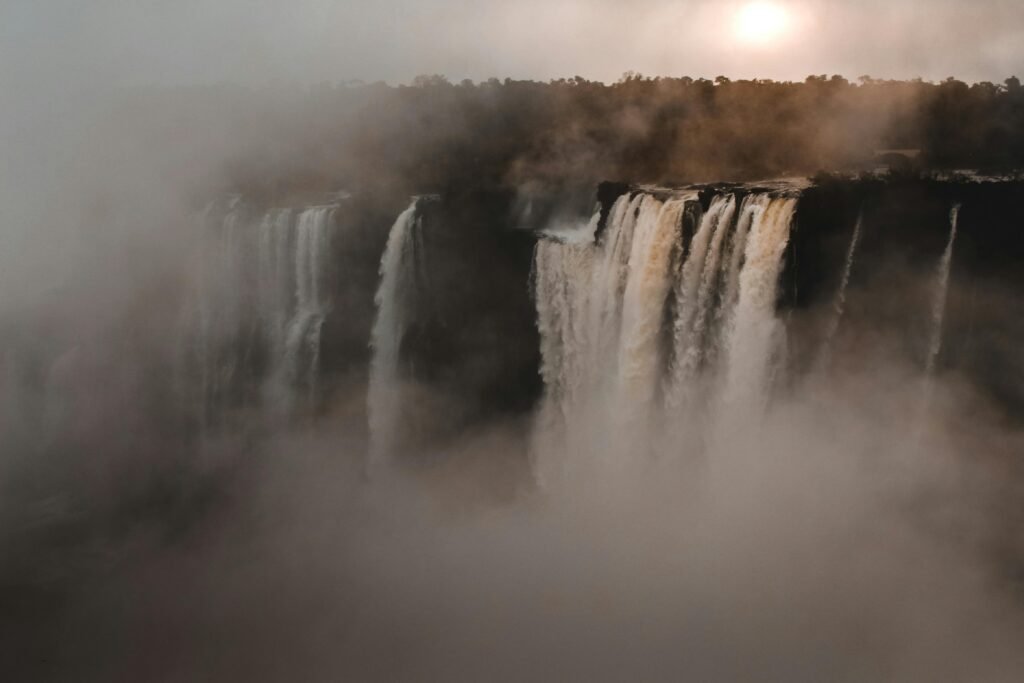
The formation of Victoria Falls is a result of volcanic activity that led to the Zambezi River cutting through the terrain, creating unique geological structures. The falls are characterized by a series of gorges formed through centuries of erosion, and the surrounding rainforest thrives on the moisture from the constant spray. This dynamic ecosystem features diverse flora and fauna, making it a spectacle not only for its visual allure but also for its ecological importance.
Visitors eager to explore Victoria Falls should plan their trip during the dry season, from May to September, when water flow is moderate, allowing for optimal viewing conditions. Adventurous souls can engage in thrilling activities such as white-water rafting in the Zambezi River and helicopter tours offering aerial views of the falls. For those preferring a more relaxed experience, guided walking tours along the rain forest trails reveal stunning viewpoints and insightful information on the local heritage and wildlife.
Accommodation options abound in the nearby towns of Livingstone and Victoria Falls, catering to various budgets and preferences. From luxury resorts offering breathtaking views to more affordable lodgings, there is something for every traveler. With its mesmerizing beauty and a wealth of activities, Victoria Falls remains a must-visit destination for anyone seeking to experience Africa’s breathtaking natural wonders.
The Sahara Desert: The Vast Expanse
The Sahara Desert, recognized as the largest hot desert on the planet, spans an impressive 9.2 million square kilometers, covering significant parts of North Africa. This vast expanse features a complex landscape that includes towering sand dunes, gravel plains, bare mountains, and rocky plateaus. The juxtaposition of these elements creates a dramatic and diverse environment, offering a unique glimpse into the earth’s geological history.

Ecologically, the Sahara boasts a surprising array of life forms. While it may appear barren at first glance, numerous plant species, such as acacias and date palms, have adapted to survive in its harsh conditions. These flora play a crucial role in supporting the desert’s ecosystem by providing food and shelter for various animals. Among the Sahara’s inhabitants are resilient creatures like the fennec fox, dromedary camel, and various species of rodents and lizards, which have evolved to thrive in the extreme temperatures and dry conditions.
The cultural significance of the Sahara cannot be overlooked. It is home to the Berber and Tuareg peoples, who possess a deep connection to the land and its resources. Their rich traditions and lifestyles are intricately woven into the desert’s identity, and they often share their knowledge of survival in this challenging climate with visitors. This cultural interaction enhances the travel experience for those who venture into these remarkable regions.
For travelers interested in exploring the Sahara, timing and preparation are crucial. The most favorable months to visit are from October to April, when temperatures are more moderate. When planning excursions, it is advisable to book guided tours to ensure safe navigation through the desert’s vast terrains. Local tour operators offer various packages that can include camel treks, camping under the stars, and visits to ancient trade routes, enriching the exploration of this natural wonder.
Mount Kilimanjaro: The Roof of Africa
Mount Kilimanjaro stands majestically as the highest peak in Africa, reaching an impressive height of 5,895 meters (19,341 feet). Renowned as a premier trekking destination, it attracts adventurers from all corners of the globe who are eager to experience its stunning vistas and diverse ecosystems. The mountain is known for its unique combination of ecosystems, ranging from lush rainforests at the base to alpine deserts and glacial zones at the summit. Each stage of the ascent reveals distinct flora and fauna, making it a remarkable natural wonder.
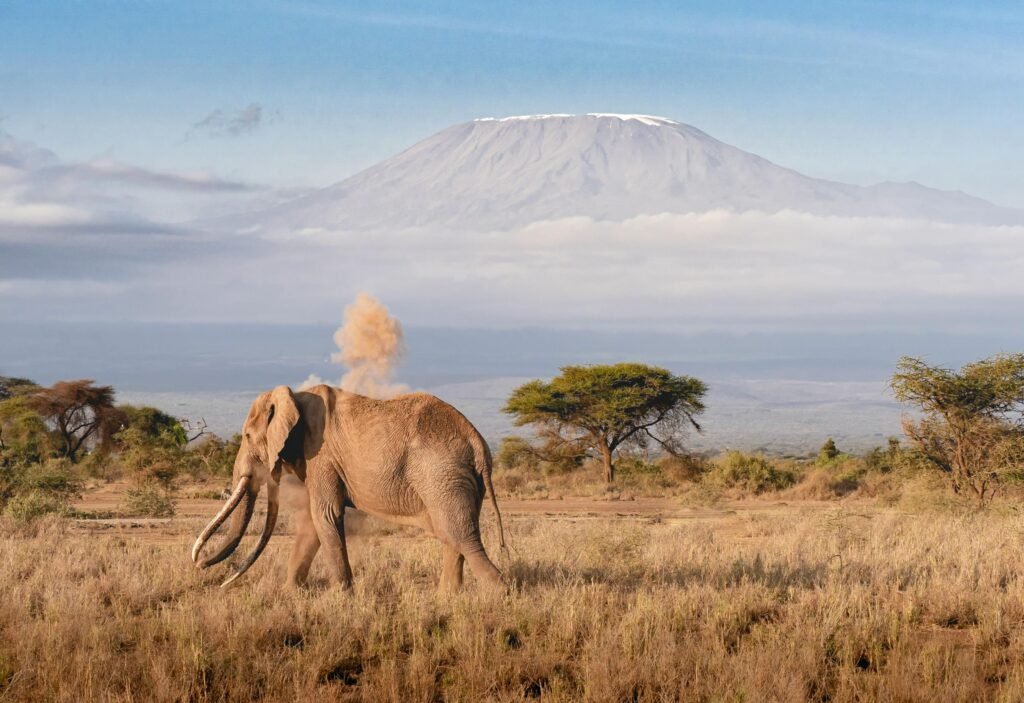
There are several popular routes for climbers, each offering a unique experience. The Machame Route, known as the “Whiskey Route,” is favored for its breathtaking views and varied landscapes. On the other hand, the Marangu Route, often called the “Coca-Cola Route,” is the most established and provides hut accommodations for climbers. The Lemosho and Rongai routes are also noteworthy for their stunning scenery and lower foot traffic. Choosing the right path is essential to align with one’s trekking experience and preferences.
Preparation is crucial for a successful ascent of Mount Kilimanjaro. Climbers should be in good physical condition, with a training regimen that includes cardiovascular and strength training exercises. Acclimatization is also vital, as altitude sickness can affect anyone regardless of fitness level. Essential gear includes sturdy hiking boots, breathable layers of clothing, a good quality sleeping bag, and a reliable backpack. Additionally, trekking poles can be beneficial for stability on steep climbs.
The optimal times for climbing Kilimanjaro are during the dry seasons, which generally occur from January to March and June to October. During these periods, the weather is relatively stable, offering climbers a better chance to enjoy the awe-inspiring views and conquer the peak. Overall, Mount Kilimanjaro remains a must-visit for those seeking adventure while exploring Africa’s most breathtaking natural wonders.
Serengeti National Park: A Wildlife Spectacle
Serengeti National Park, situated in Tanzania, is renowned globally for its remarkable biodiversity and the awe-inspiring Great Migration, a natural phenomenon that draws millions of visitors each year. The park spans approximately 14,763 square kilometers and embodies a variety of ecosystems, including grasslands, savannas, and woodlands, which host a rich tapestry of wildlife. The distinct geography of the Serengeti not only promotes a vibrant ecosystem but also plays a crucial role in the annual migration patterns of various animal species.
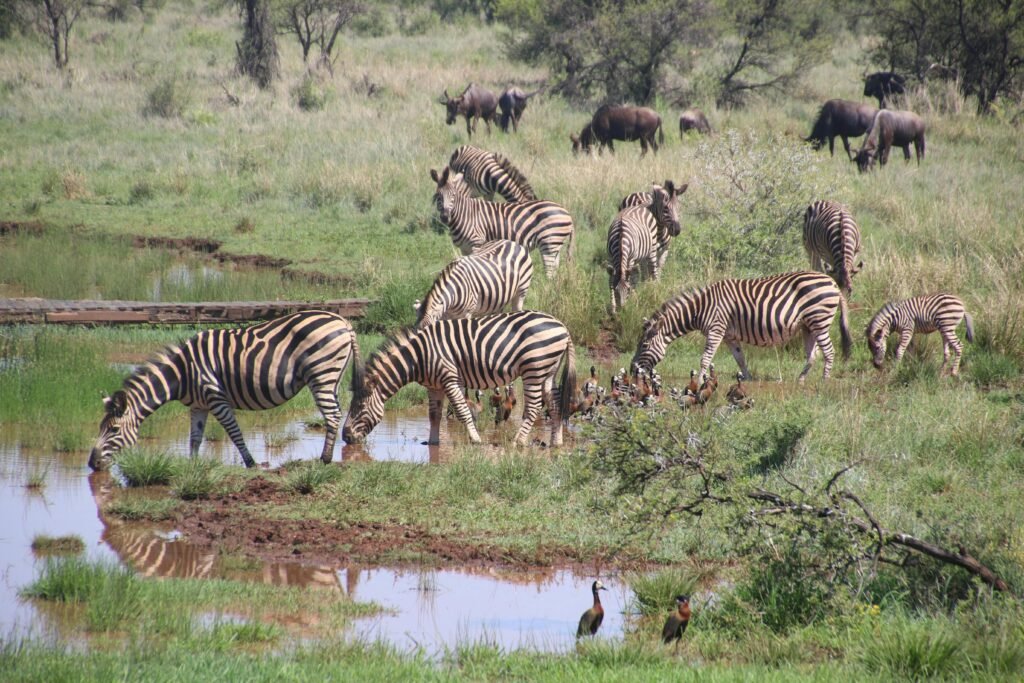
Each year, from November to July, the Great Migration occurs as nearly 1.5 million wildebeests, along with hundreds of thousands of zebras and gazelles, traverse the Serengeti in search of fresh grazing pastures. This spectacular movement is driven by the seasonal rain patterns, which dictate the availability of food and water. As the herds journey across the vast plains, they encounter numerous predators, including lions, leopards, and cheetahs, which makes the park a prime destination for wildlife enthusiasts and photographers alike.
For those planning a safari in the Serengeti, timing can significantly impact the level of wildlife encounters one may experience. The best months for viewing the migration typically span from June to July when the herds cross the Grumeti River. Accommodations range from luxury lodges to budget-friendly campsites, catering to the diverse preferences of travelers. It is advisable to book in advance, especially during peak season, to secure the best locations. Guided safaris, whether in open-top vehicles or on foot, provide unique insights and enhance the overall experience, allowing visitors to immerse themselves in the park’s stunning wildlife.
The Okavango Delta: A Unique Ecosystem
The Okavango Delta, nestled in Botswana, represents one of the world’s most extraordinary inland delta systems, characterized by its vast network of waterways, islands, and marshlands. This unique ecosystem forms when the Okavango River meets the arid landscape of the Kalahari Desert, creating a lush paradise teeming with biodiversity. The delta is renowned for its immense wildlife population, which includes elephants, lions, hippos, and an expansive variety of bird species, making it a prime location for nature enthusiasts and photographers alike.
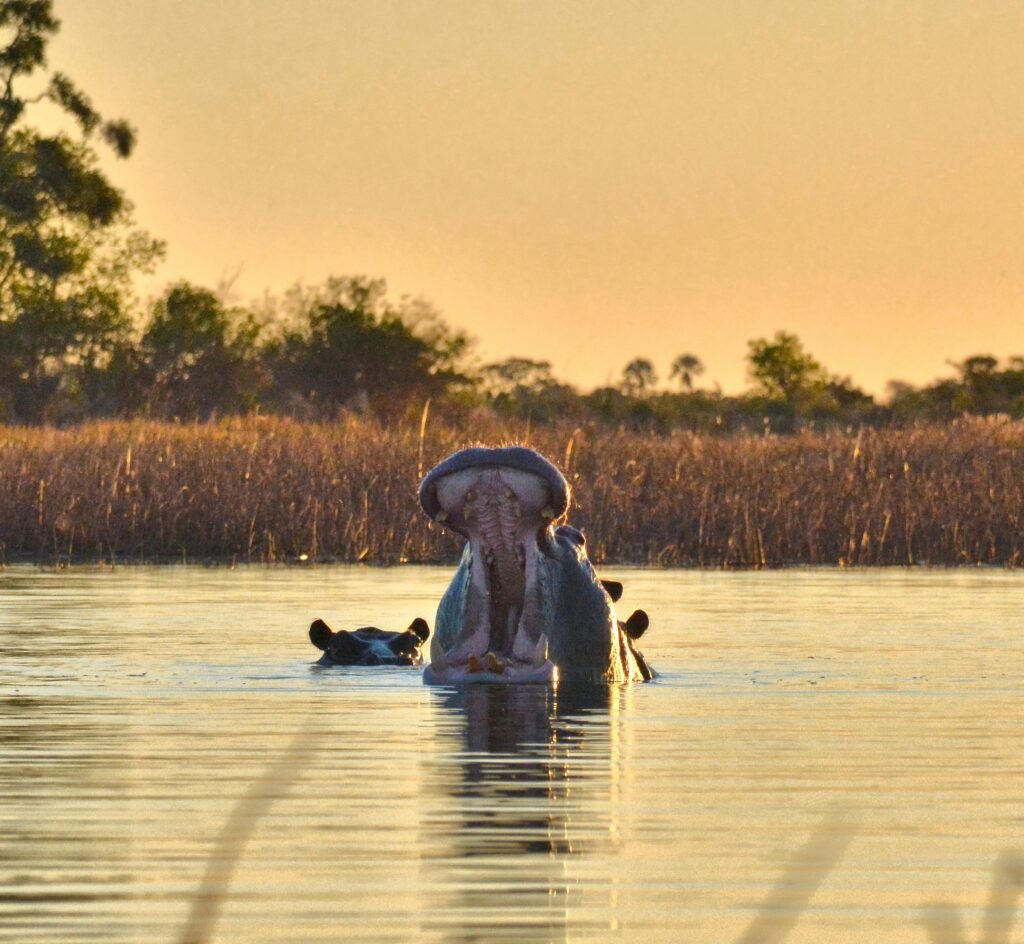
Bird watching in the Okavango Delta is particularly rewarding, with over 400 species recorded. From the dazzling African jacana to the majestic Fish Eagle, the delta offers opportunities to observe these magnificent creatures in their natural habitat. Additionally, mokoro safaris—traditional dugout canoe excursions—allow visitors to glide silently through the waterways, providing a unique vantage point for both wildlife observation and an immersive natural experience.
For eco-conscious travelers, the delta presents numerous sustainable tourism options that prioritize environmental conservation while allowing visitors to engage with its pristine surroundings. Many lodges and tour operators emphasize eco-friendly practices, ensuring that their operations benefit the local communities and preserve the delicate ecosystems. One such option is to join guided walking safaris, offering a deeper understanding of the flora and fauna as well as the cultural heritage of the region.
To fully experience the wonders of the Okavango Delta, planning your visit carefully is essential. The best time to explore this remarkable ecosystem is during the dry season, from May to October, when wildlife congregates around the waterways. Various methods of exploration, such as traditional mokoros, guided walks, or game drives, allow travelers to customize their experience based on their interests and comfort levels. Those seeking adventure while respecting the environment will find themselves captivated by the unparalleled beauty and ecological richness of the Okavango Delta.
The Simien Mountains: A Hiker’s Paradise
The Simien Mountains, located in northern Ethiopia, are characterized by their dramatic cliffs and deep valleys, offering some of the most stunning scenery in Africa. Designated as a UNESCO World Heritage Site, this mountain range provides an exceptional opportunity for hiking enthusiasts and nature lovers alike. The topography is marked by steep ridges and high plateaus, where hikers can witness panoramic views that stretch for miles, showcasing the rugged beauty of Ethiopia’s landscape.
One of the unique features of the Simien Mountains is the rich biodiversity, including the famous Gelada baboons, which are endemic to this region. These social animals can often be spotted foraging on the grassy slopes, providing visitors with an unforgettable wildlife experience. Additionally, the area is home to other remarkable species, such as the Ethiopian wolf and the Walia ibex, making it a prime destination for wildlife enthusiasts.
Trekking routes in the Simien Mountains vary in difficulty, catering to both seasoned hikers and those looking for a more leisurely walk. The most popular treks include the hike from Sankaber to Geech Camp, where hikers will feel a sense of accomplishment as they traverse the breathtaking terrain. These routes are well-marked, but it is advisable to hire local guides who not only enhance the experience with their knowledge of the area but also ensure a safe journey through the mountains.
When planning a trip to the Simien Mountains, visitors should consider the best seasons for hiking. The ideal time is from October to March, when the weather is cooler and drier. Proper preparation is crucial; hikers should ensure they have suitable gear, enough water, and snacks to maintain energy levels during the trek. Additionally, it is important to adhere to safety guidelines, particularly regarding altitude sickness, as some trails reach impressive elevations.
Incorporating local cultural experiences can further enrich the journey. The Simien Mountains region is home to various ethnic groups, including the Semien People, who possess rich traditions and customs. Engaging with local communities provides valuable insights into their way of life, fostering a deeper appreciation for the natural and cultural heritage of this extraordinary region.
The Ngorongoro Crater: A UNESCO World Heritage Site
The Ngorongoro Crater, an extraordinary natural formation located in Tanzania, is renowned for its unparalleled ecosystem and geological significance. Formed over two million years ago, the crater is a caldera that was created by the collapse of a giant volcano. It is one of the largest intact volcanic craters in the world and encompasses an area of approximately 265 square kilometers. This UNESCO World Heritage Site is celebrated not only for its impressive geological features but also for its diverse wildlife, which includes a variety of species such as elephants, lions, rhinos, and numerous birds.
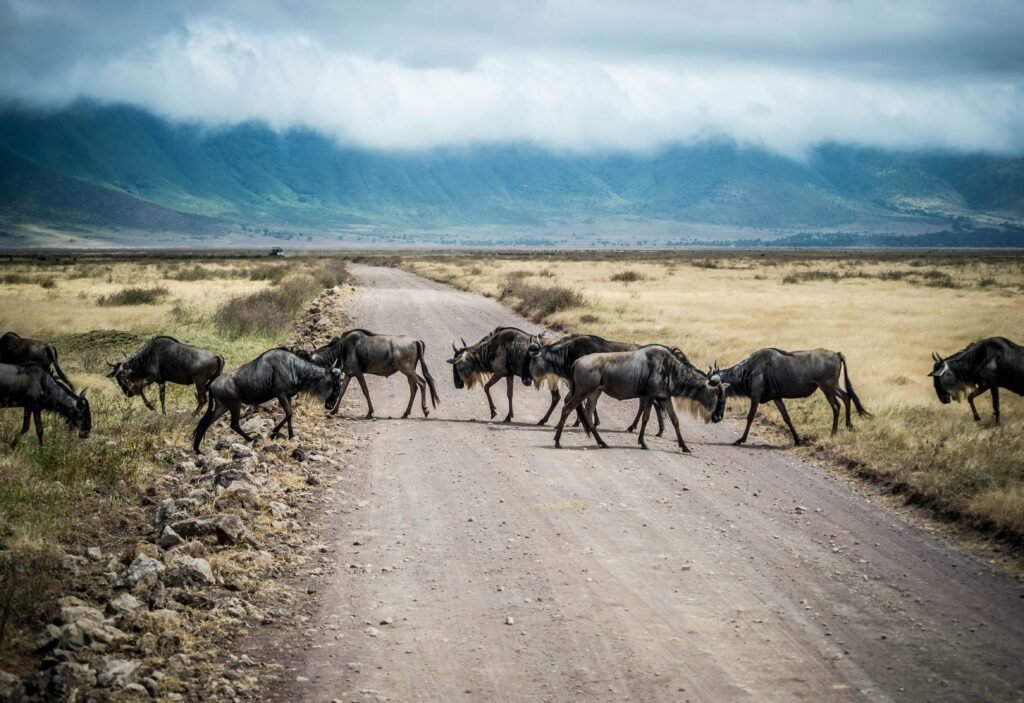
The rich biodiversity found within the Ngorongoro Crater makes it a critical area for conservation efforts. The crater is home to one of the last remaining populations of the endangered black rhino, which has been the focus of various conservation initiatives. Efforts to maintain the ecological integrity of the crater are essential, given its status as a prominent wildlife refuge. As a result, visitors to this remarkable destination can engage in wildlife observation in a well-preserved environment, providing an unforgettable safari experience.
For those planning a visit, it is vital to be aware of entry fees, which contribute to maintaining the park and supporting conservation activities. As of now, the fees are set at approximately $60 for international tourists. Guided tours are strongly recommended, as local guides possess extensive knowledge of the area and its wildlife, ensuring an enriching experience for visitors. In addition, there are several lodges and camps available near the crater, catering to various budgets and preferences, providing guests with comfortable accommodations while exploring this breathtaking natural wonder. Visitors are encouraged to plan their trips in advance to fully embrace the magic of Ngorongoro Crater.
Conclusion: Embracing Africa’s Natural Beauty
In reflecting on Africa’s myriad natural wonders, it becomes clear that these sites hold immense value not only for their breathtaking aesthetics but also for their cultural significance. From the iconic landscapes of the Serengeti to the serene beauty of Victoria Falls, each location encapsulates the rich heritage and diversity of the local communities that have thrived alongside these natural marvels for generations. The deep-rooted connections between the land and its people serve as a reminder of the intricate balance required to maintain this harmony.
As stewards of the environment, it is our responsibility to protect and preserve these extraordinary sites. Africa’s natural beauty is more than just a tourist attraction; it represents ecosystems critical to wildlife conservation and sustainable livelihoods for countless inhabitants. Engaging with these landscapes through responsible travel not only enriches our own experiences but also supports local economies and conservation efforts. Travelers are encouraged to approach their journeys with respect and mindfulness, recognizing the impact they can have on the regions they visit.
Moreover, promoting awareness of the environmental challenges facing these regions is essential. Climate change, poaching, and urban development pose significant threats to the integrity and longevity of Africa’s treasured landscapes. As advocates for these natural wonders, we must actively participate in conservation initiatives and support organizations working tirelessly to preserve the integrity of these ecosystems.
In conclusion, embarking on a journey through Africa’s breathtaking natural wonders allows individuals to connect with the continent’s diverse environments and its rich cultural tapestry. By appreciating and safeguarding these sites, we not only enhance our own lives but contribute to the legacy of a land that continues to inspire awe and admiration worldwide.



